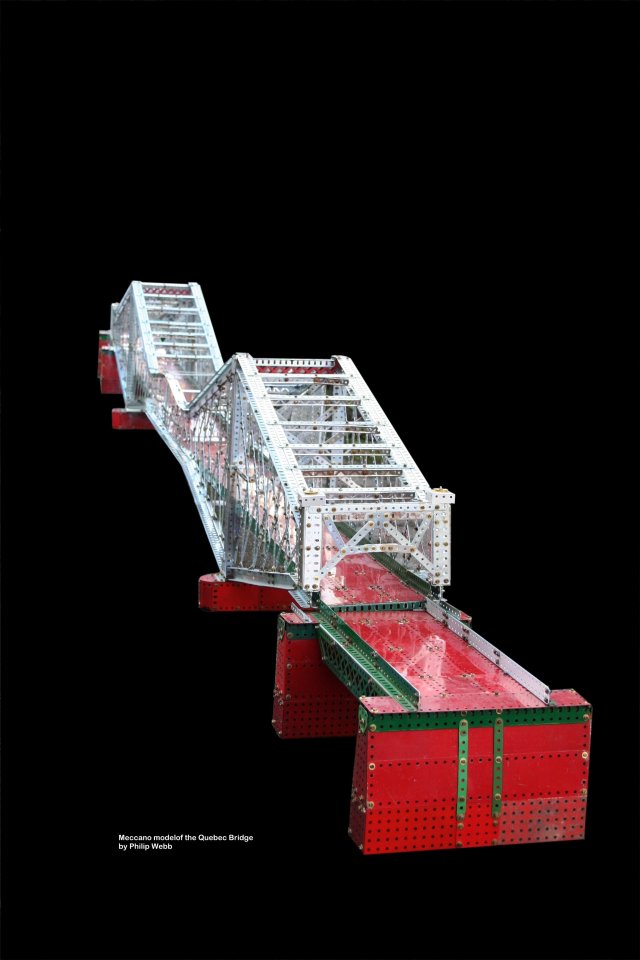There’s something about bridges – it may be the sense of adventure they offer – a chance to see what is on the other side which would otherwise be unreachable. It may be the history they represent. Or it may just be the sheer beauty of their engineering – think of the great Clifton Suspension Bridge which is an icon of my home city.
Then again bridges have some significance in my professional life: I’ve built quite a few! Not out of steel and stone but out of trust and love. For fourteen years I was a County Ecumenical Officer in the Midlands, employed by the mainstream churches to work between them and establish, develop and oversee a variety of shared projects (like chaplaincies and joint churches) on their behalf. A lot of that was about building bridges between them so that dialogue could begin and action could follow. A strong bridge was always a good illustration of that work!
And I never forgot the old Roman title, “Pontifex Maximus”, which folk etymology defines as literally the greatest bridge builder. It was a title used of the senior priest in ancient (pagan) Rome, but it was taken up by the writer to the Hebrews when he said of Jesus he became our “High Priest for eternity, according to the order of Melchizedek” and the Latin translation uses this term – Pontifex. So even if a builder of Roman bridges was never actually called a pontifex, the title has stuck in some quarters for the Lord I have followed all my life who built a bridge between heaven and earth. And that makes this seem like a pretty noble calling to me!
This particular model is based on one of the world’s great bridges – the Quebec Bridge.  And no, it is not the same as the Forth Rail Bridge! The are both Cantilever bridges but the construction is quite different.
And no, it is not the same as the Forth Rail Bridge! The are both Cantilever bridges but the construction is quite different.
According to Wikipedia the Quebec Bridge is a road, rail and pedestrian bridge across the lower Saint Lawrence River between Sainte-Foy (since 2002 a western suburb of Quebec City) and Lévis, Quebec, Canada. The building project failed twice, at the cost of 88 lives, and took over 30 years to complete.
The Quebec Bridge is a riveted steel truss structure and is 987 m (3,238 ft) long, 29 m (95 ft) wide, and 104 m (341 ft) high. Cantilever arms 177 m (581 ft) long support a 195 m (640 ft) central structure, for a total span of 549 m (1,801 ft), still the longest cantilever
bridge span in the world. (It was the all-categories longest span in the world until the Ambassador Bridge was completed in 1929.) It is the easternmost (farthest downstream) complete crossing of the Saint Lawrence.
The bridge accommodates three highway lanes (none until 1929, one until 1949, two until 1993), one rail line (two until 1949), and a pedestrian walkway (originally two); at one time it also carried a streetcar line. It has been owned by the Canadian National Railway since 1993. (Wikipedia, https://en.wikipedia.org/wiki/Quebec_Bridge)
This famous bridge graced the front page of Geoff Wright’s wonderful book of Meccano Supermodels. Smaller version occurred in some manuals but I have not often seen
it modelled at this scale, perhaps because of its sheer size. I decided to build exactly half of it and to add a large mirror to the centre point to suggest the rest. Anything more would have taken up far too much table-space! The result was remarkably convincing.
My version is almost entirely Meccano, but a few pieces of Erector and Stokys add some decoration and model die-cast cars added an idea of scale.




